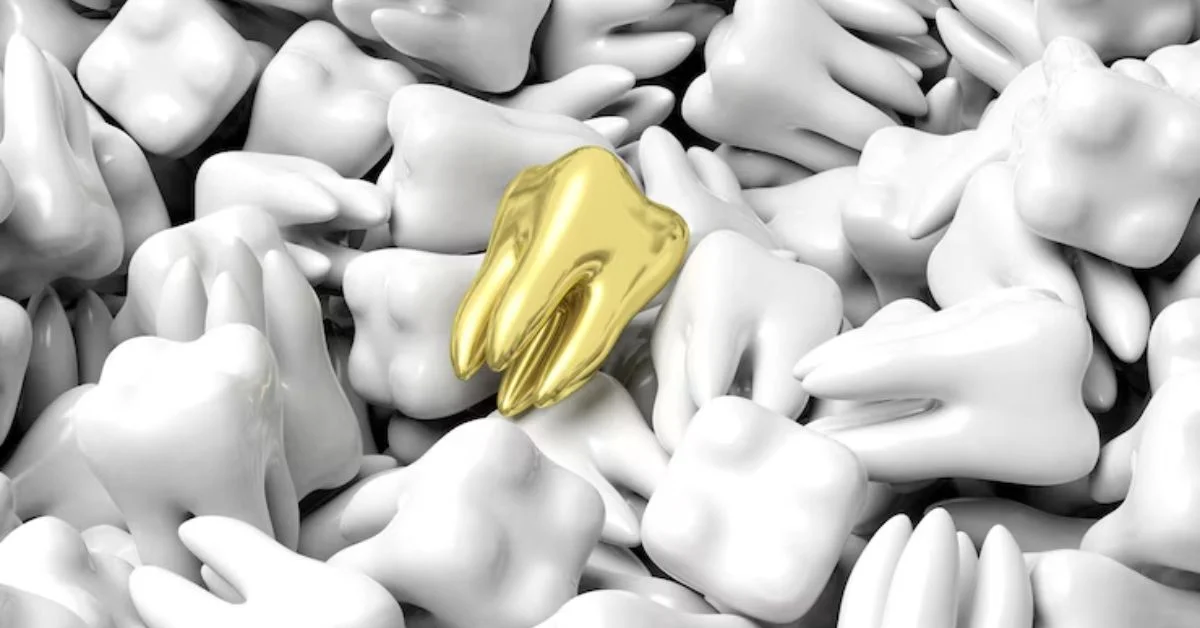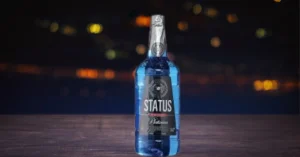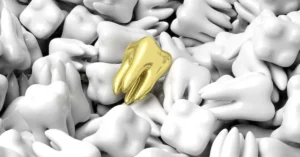For millennia, the concept of the crown has symbolized power, legitimacy, and identity. Yet behind the ornamented facades of jeweled monarchic headpieces lies a more elemental foundation: metal. The metal crown, whether forged in gold, steel, titanium, or alloy, is more than a decorative object. It is an emblem, a functional tool, a symbol of status, and a byproduct of evolving metallurgical prowess.
In the 21st century, the term “metal crown” carries meanings that span disciplines—from traditional monarchy to contemporary dental technology, from haute couture to industrial design. This article explores the full spectrum of the metal crown, tracing its historical roots and examining its significance in cultural, scientific, and commercial realms.
The Historical Crown: Power Cast in Metal
Origins in Antiquity
The earliest crowns—wreaths of laurel, gold circlets—emerged in Mesopotamia, Egypt, and early Mediterranean civilizations. Initially crafted in natural materials like reeds or leaves, the transition to metal marked a pivotal shift. Metal, being durable and rare, suggested permanence and divine authority.
By the time of the Roman Empire, metal crowns had become standardized symbols of rank and conquest. Later, in medieval Europe, the crown evolved into a ceremonial object encrusted with precious stones and imbued with religious symbolism.
Material as Message
The type of metal used in a crown has always mattered. Gold denoted divine right; silver, purity and feminine authority; iron, martial strength. The metallurgy reflected not only the aesthetic but the intent: a gold crown could pacify, a steel crown could intimidate.
The Crown in Dentistry: Restoration and Reinvention
While symbolic crowns adorned heads, a different kind of crown emerged in the 19th century: the dental crown. Here, “metal crown” refers to a prosthetic device used to restore a damaged or decayed tooth.
Evolution of Dental Crowns
Early dental crowns were made of gold, chosen for its malleability and resistance to tarnish. As technology evolved, new materials like porcelain-fused-to-metal (PFM) and stainless steel became standard. Today, while ceramic options dominate for aesthetics, metal crowns remain valued for their strength and durability, particularly in molars and pediatric dentistry.
Modern Materials
- Gold Alloy: Biocompatible and long-lasting, still favored in high-precision dental restorations.
- Cobalt-Chromium Alloy: Corrosion-resistant, used in fixed dental prosthetics.
- Titanium: Lightweight and hypoallergenic, especially in implant-supported crowns.
- Zirconia-Metal Hybrids: Merging ceramic beauty with metallic strength.
Clinical Relevance
Metal crowns are often the first choice for patients who prioritize function over appearance. In cases of bruxism (teeth grinding), deep caries, or large restorations, their endurance outmatches that of ceramics. Though sometimes overlooked, metal crowns are silent workhorses of modern dentistry.
Crown as Fashion Statement: Headpieces Reimagined
In recent years, the concept of the crown has moved from royal regalia into the realm of fashion. Metal crowns are now statement pieces, appearing on runways, in drag performance, and at cultural festivals.
From Royal to Radical
Designers like Alexander McQueen and Jean-Paul Gaultier have embraced metallic crowns to evoke theatricality and challenge norms. Whether in brushed aluminum, chain-link silver, or welded brass, these pieces subvert the historic formality of the crown.
Cultural Appropriation and Reclamation
Crowns also appear in contemporary reinterpretations of African, Caribbean, and Indigenous headwear traditions. Artists use metal to reimagine ancestral forms, asserting identity in diasporic contexts. These crowns are not just accessories—they are statements of belonging and resistance.
Crowns in Manufacturing: Precision and Process
In industrial terms, a “crown” can also refer to structural components and design features.
Engineering Applications
- Crown Gears: Bevel gears used in machinery for torque transfer.
- Tire Crowning: The gentle convex curve at the center of tires for optimal contact and wear.
- Crown Molding Dies: In manufacturing, metal dies are used to shape crown molding for construction.
Precision Casting
Metal crowns—literal and metaphorical—are produced using advanced techniques like:
- Lost-Wax Casting: A method from jewelry and dental work, ensuring detailed reproductions.
- CNC Machining: For precise shaping in aerospace and automotive components.
- 3D Metal Printing: Emerging in prosthetics and custom component fabrication.
The crown in this context embodies the marriage of form and function, beauty and efficiency.
Symbolism Across Time and Culture
Coronation and Identity
Across religions and empires, the crown has symbolized the transference of power. The act of crowning signifies divine approval, national continuity, and social contract.
In Literature and Art
From Shakespeare to modern fantasy novels, the crown represents ambition, burden, and legitimacy. In visual arts, metal crowns often connote martyrdom, sainthood, or sovereignty.
Tattoos and Street Culture
Metallic crown imagery is common in tattoo art, representing personal authority, resilience, or remembrance. The late artist Jean-Michel Basquiat popularized the crown motif in graffiti and neo-expressionist painting, adding new layers of meaning.
The Crown in Gender and Identity Politics
The crown today is not bound by monarchy or orthodoxy. It appears in queer pageantry, feminist performance art, and cosplay communities. Here, the metal crown becomes a tool for play, power assertion, and political commentary.
- Drag Performance: Crowns symbolize ascension, glamor, and self-made royalty.
- Feminist Iconography: Artists use crowns to question patriarchal lineage.
- Afrofuturism: Crowns reemerge in metallic and digital form as emblems of diasporic royalty.
Challenges and Critiques
Sustainability
Mining and metal refining are energy-intensive. Crown producers—whether jewelers or dentists—face pressure to use recycled materials and reduce emissions.
Cultural Sensitivity
In fashion and art, misuse of crowns can lead to accusations of cultural appropriation. Designers must navigate symbolism respectfully, acknowledging origin and meaning.
Accessibility
True crowns—dental or decorative—can be expensive. Affordability and access remain ethical considerations in both healthcare and fashion industries.
Looking Forward: Crowns in the Digital Age
Virtual Crowns
In augmented reality (AR) and video games, digital crowns serve as status markers. They symbolize achievement in virtual economies and identity in avatar customization.
Biometric Integration
Future headwear may incorporate EEG sensors or smart textiles, blending the crown with wearable tech. This evolution connects back to ancient uses—crowns not just as symbols but tools of influence and connectivity.
AI and Customization
AI is enabling hyper-personalized dental crowns and wearable designs. Algorithms optimize structure, aesthetics, and fit based on individual biometrics.
Conclusion
The metal crown is more than an object. It is a metaphor, a tool, a legacy of craft and culture. From the mouths of dental patients to the heads of fashion icons, from the gears of machines to the code of video games, crowns in metal remind us that authority and artistry often share the same forge.
In every incarnation—be it monarchic, medical, mechanical, or metaphorical—the metal crown reflects the values and technologies of its time. It asks us to consider what we choose to elevate, to protect, and to honor. And in doing so, it continues to crown not just heads, but ideas.
For more information, click here.









